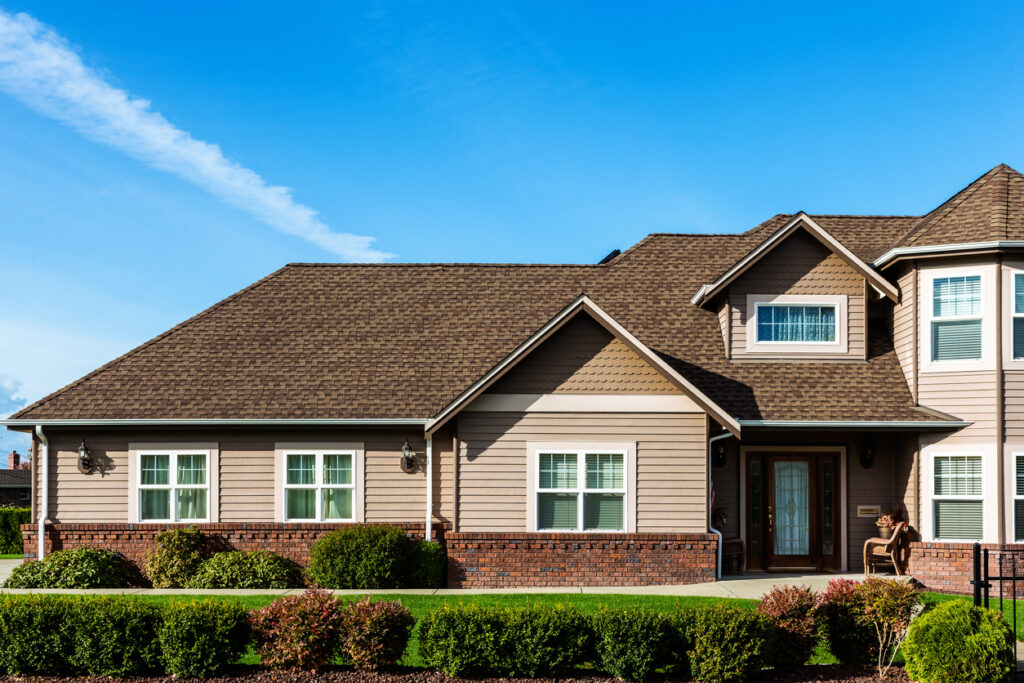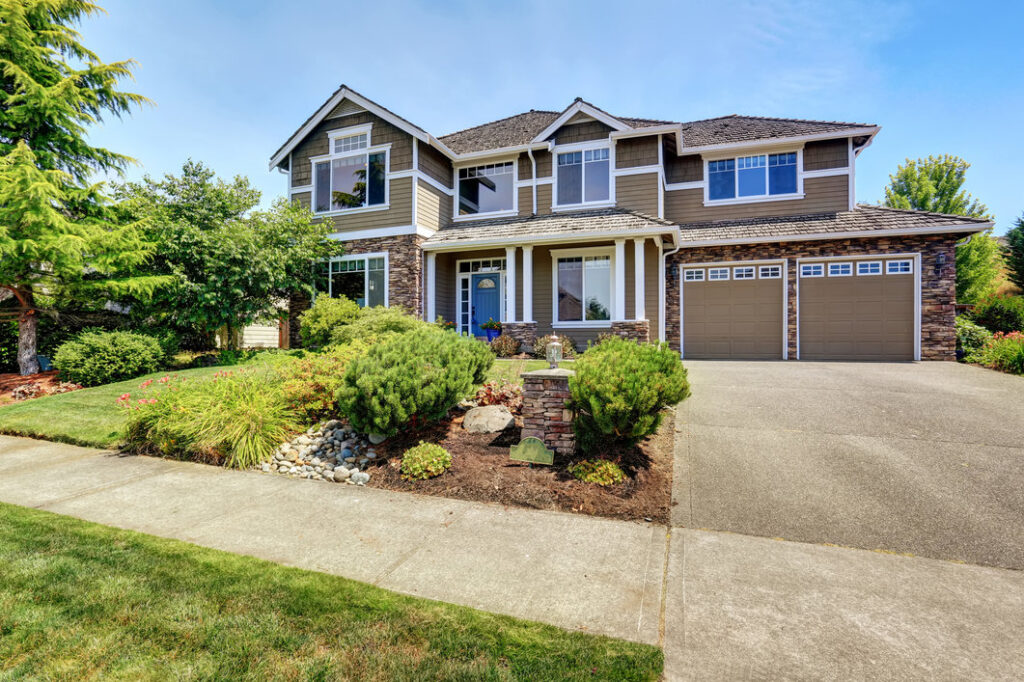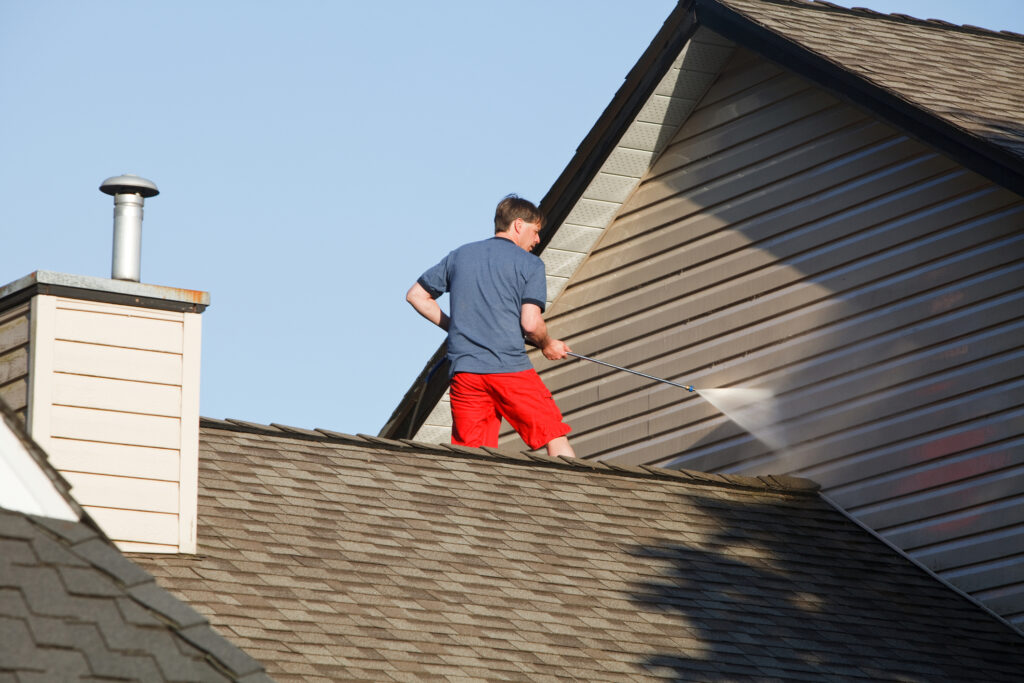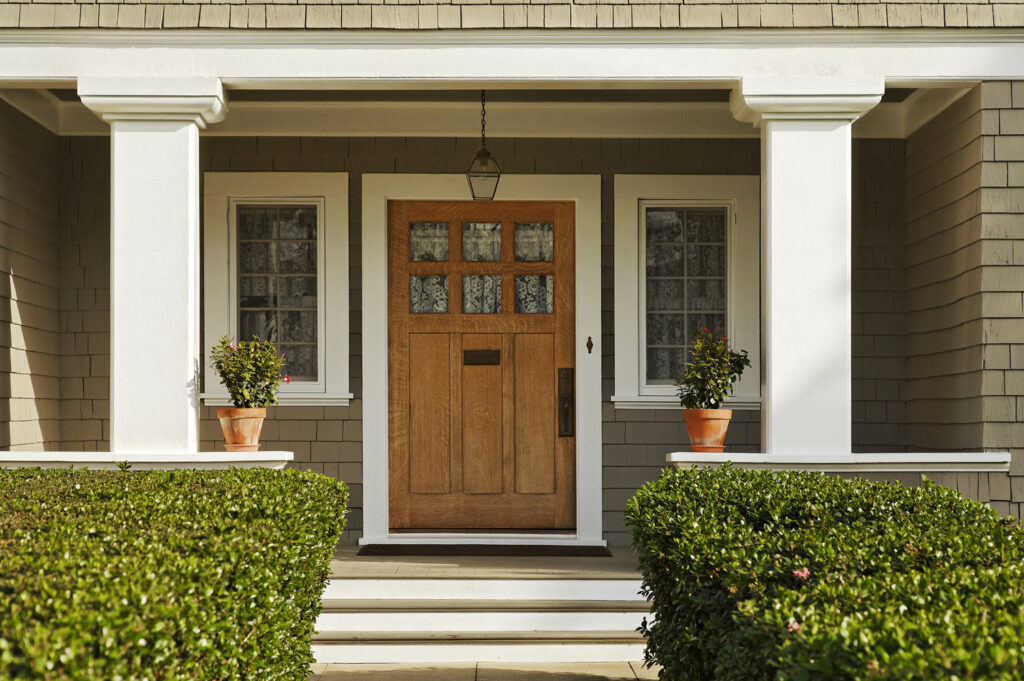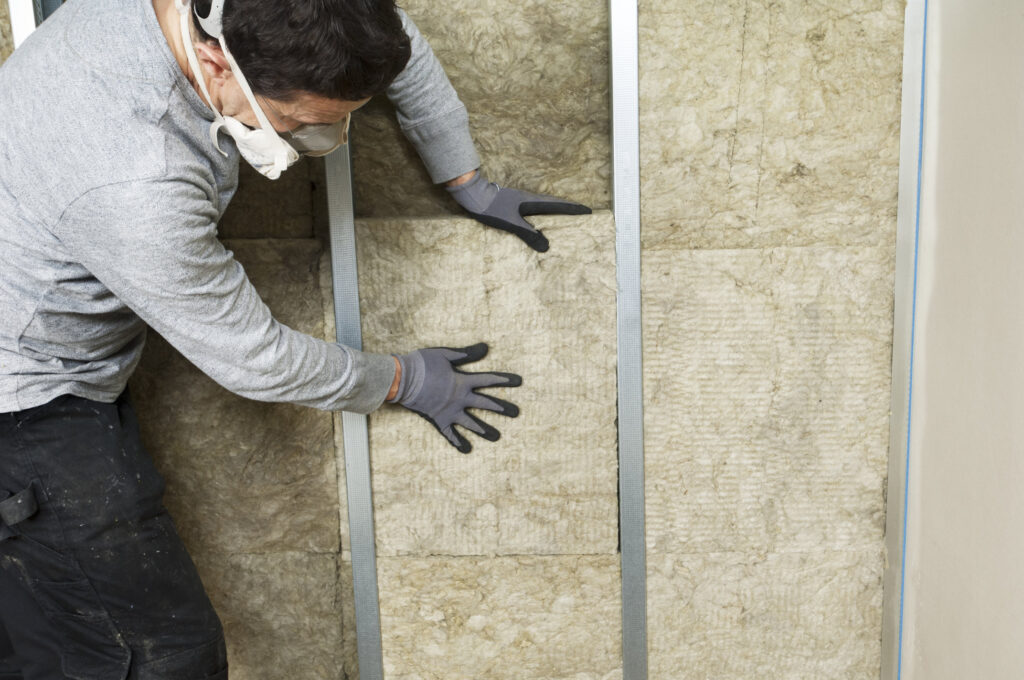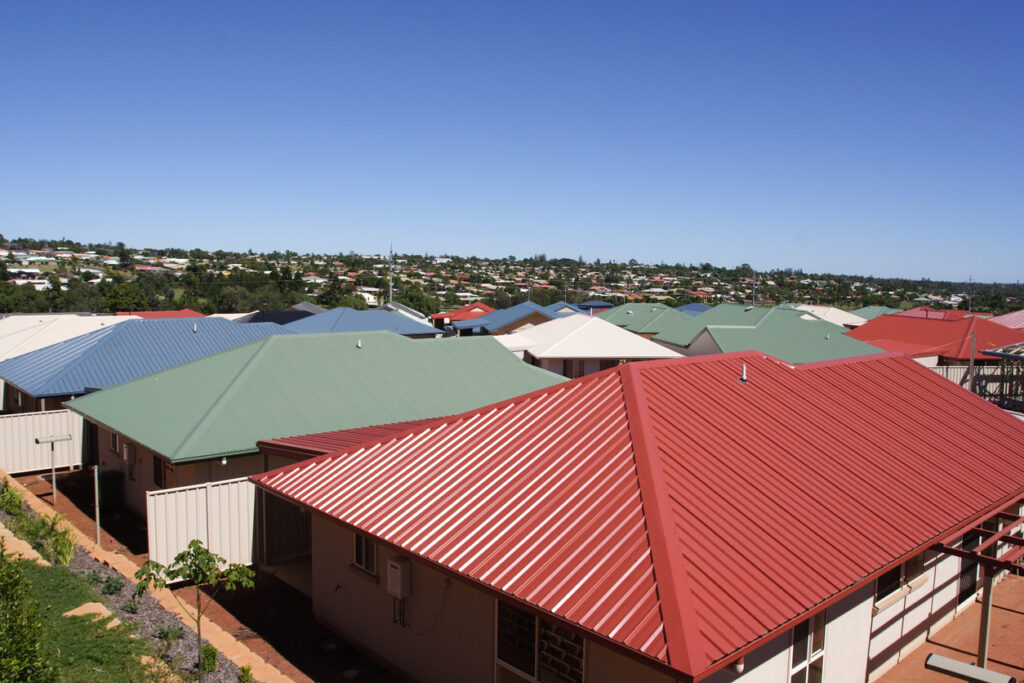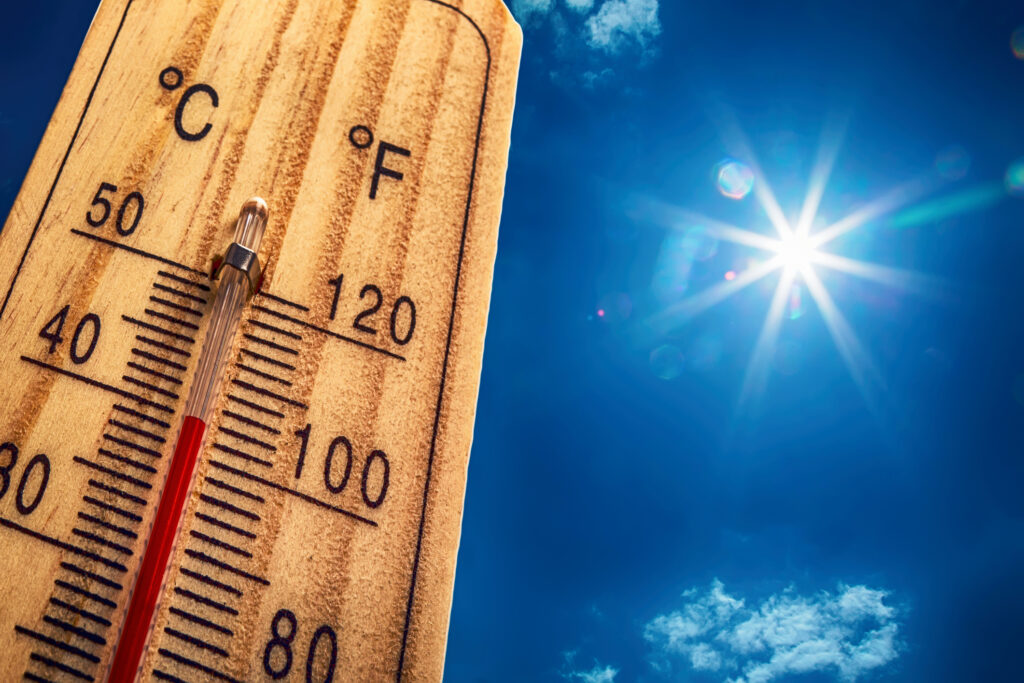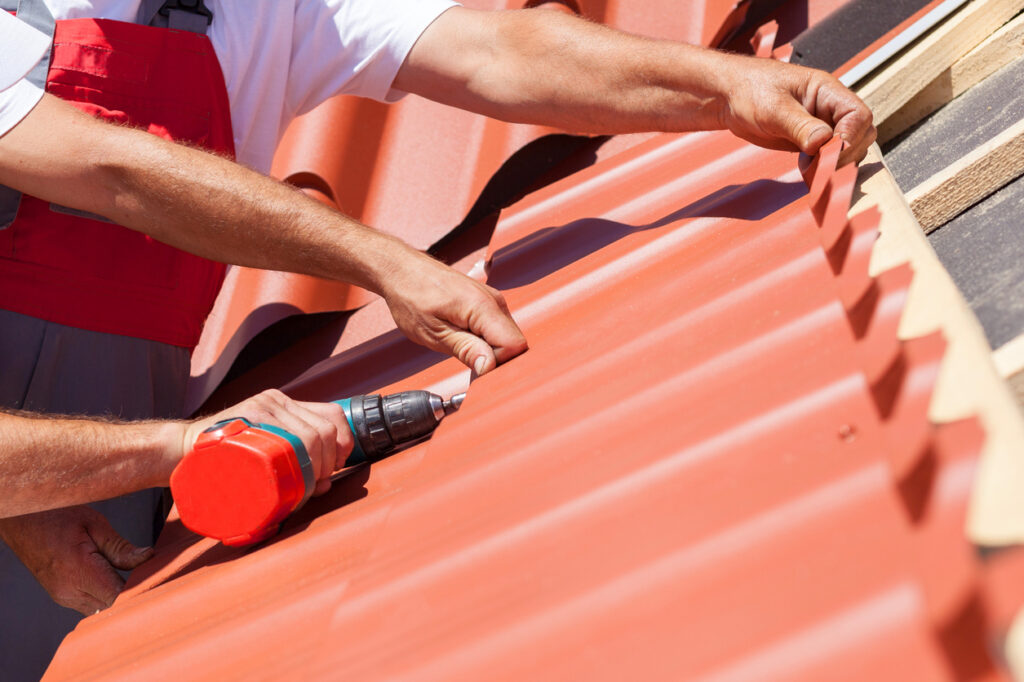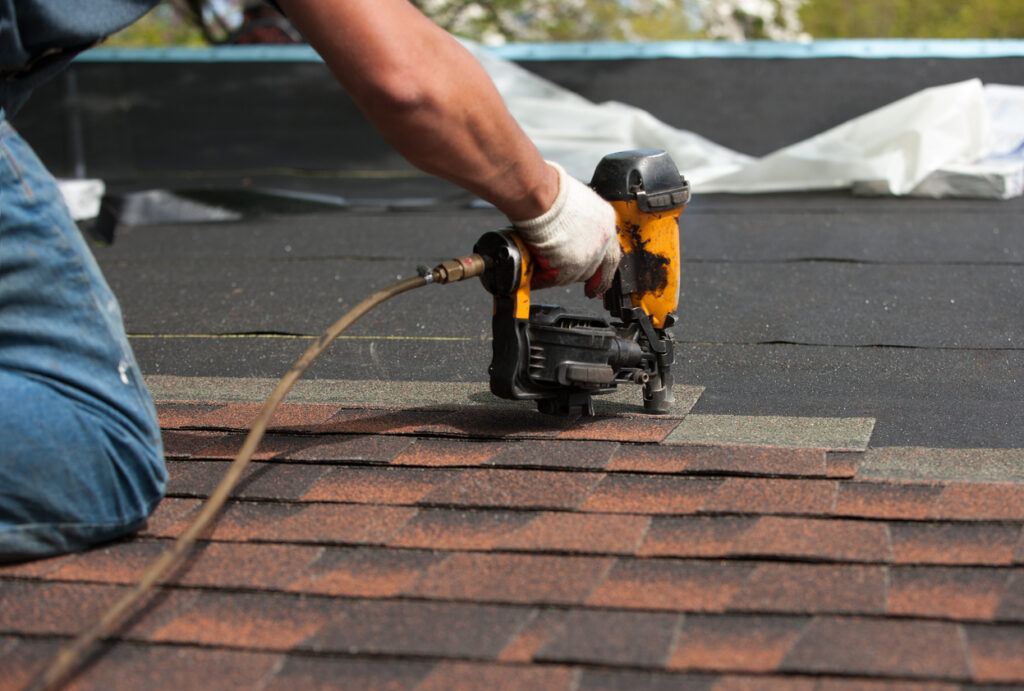Is today finally the day you’re going to fix the small hole in your siding that you’ve noticed every day as you pull into your driveway? Not only is a hole unsightly, it acts as an open door for rain, bugs, mold and mildew to come into your home. If you notice a hole in your siding, the worst thing you can do is leave it alone. Take matters into your own hands and fix it in just a few steps.
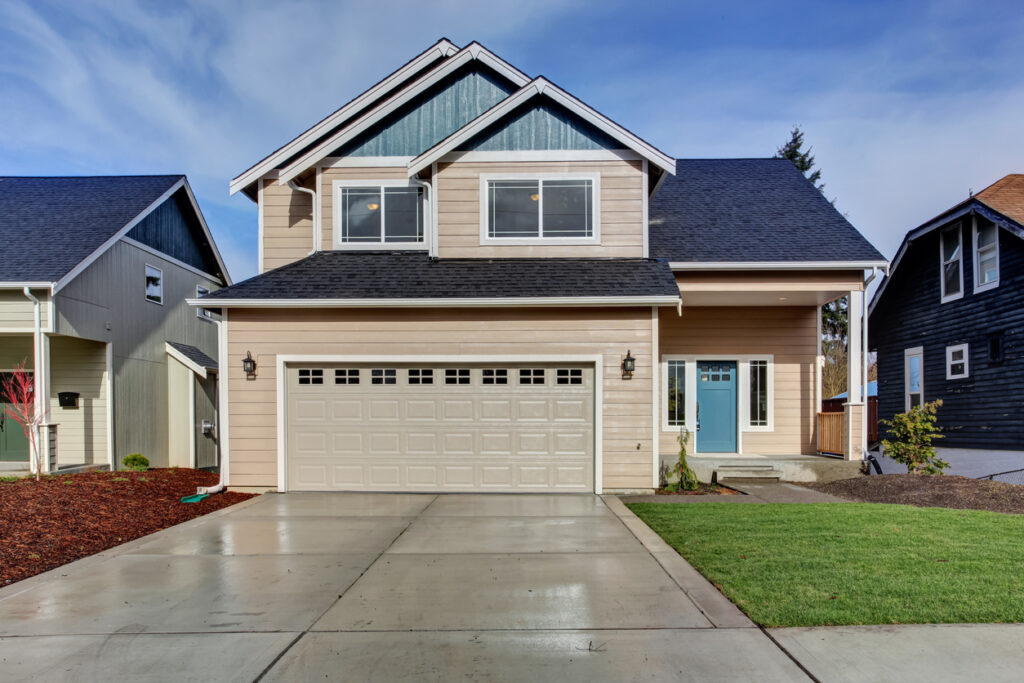
Step 1: Step away from the caulk gun.
If the hole is more than a 1/4 of an inch, caulk won’t solve the problem. While installing a new piece is the easiest solution, that piece probably won’t match the faded siding around it. So what’s a homeowner to do? With a small gap, your best bet is to try sliding the panels together.
Step 2: Head to the hardware store.
To slide two pieces back together, you’ll need a zip tool. While you probably won’t find this in most home tool kits, they’re available at almost any hardware store.
Step 3: Unlock the overlapping pieces.
Follow the instructions on the back of your zip tool packaging and free the pieces on each side of the gap. Then, slide the panels back together until they overlap slightly. Before you celebrate closing this gap, make sure you didn’t pull the siding too far and open another hole on the opposite end.
Step 4: Secure your siding.
If your siding is now completely covering your home, it’s time to secure it in place. Drive a nail through the right side of the flange hole at the end of the left-hand piece. While you want your siding to be sturdy, you don’t want to drive the nail in too deep, since vinyl siding expands and contracts throughout the year.
At JM Roofing and Siding, the siding we install will protect your home, save energy, enhance the value of your property, and last for years. Whether you’re looking to replace or update your siding, we’ve got your house covered! For more information, give us a call at 203-299-0716.


